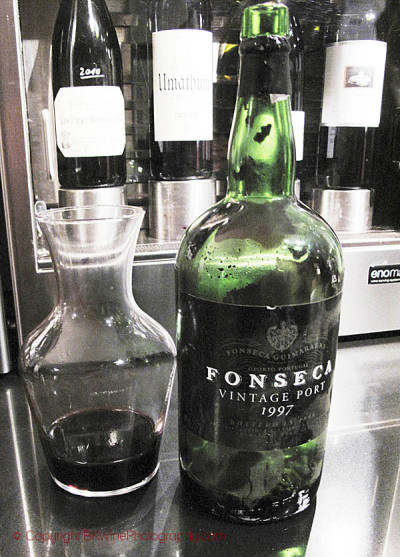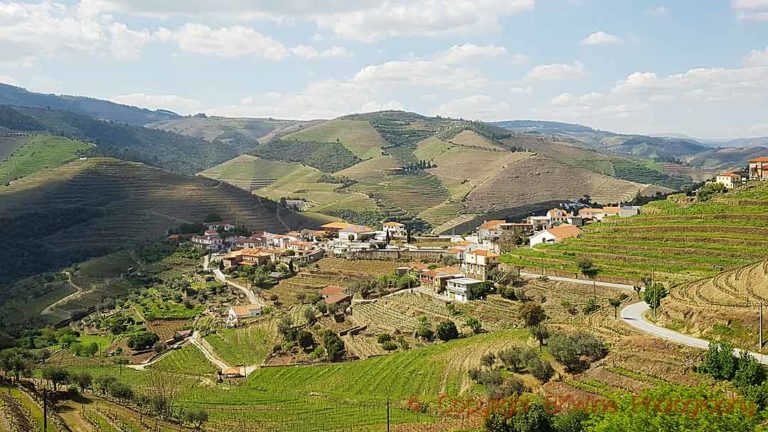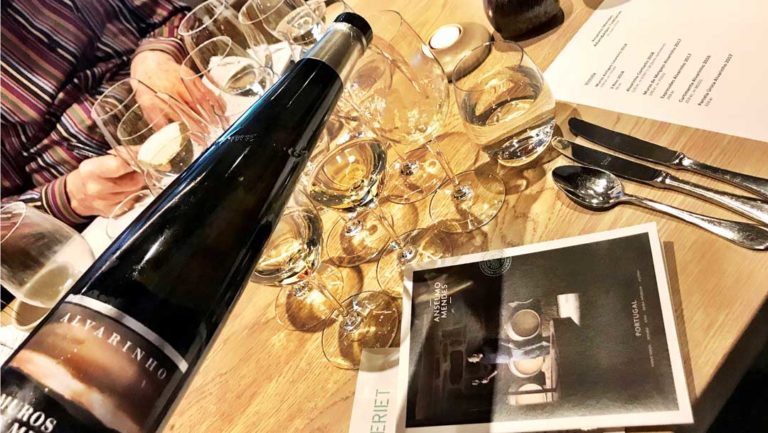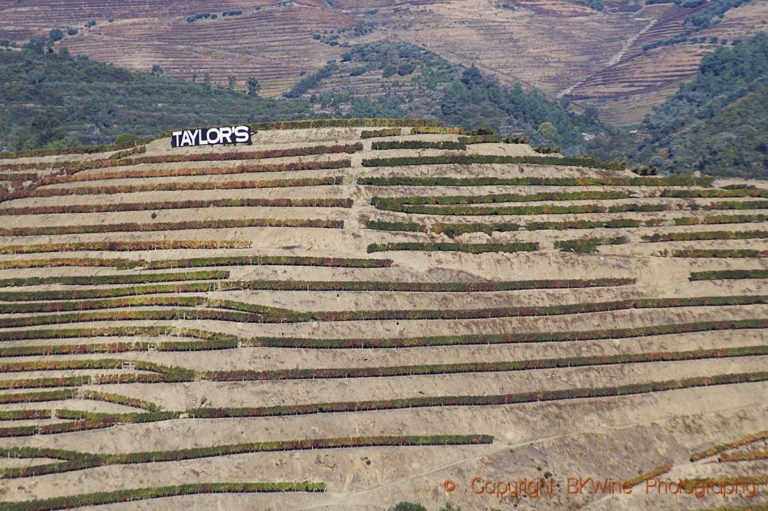This year it is 200 years since Fonseca was founded in 1815. In different ways a magical year 1815, the year when Napoleon’s army was defeated at the Battle of Waterloo by the English, Scottish and Prussian troops. To the English port have always meant a lot, and so it still does.
Of course it would have been easier for England to buy all wines from France but since they were almost always at war with each other the English instead often looked to Spain and Portugal for wine. But the usual red and white wines used didn’t take well to the long journey by sailing ship. Therefore winemakers began pouring alcohol in the wine to make it more durable, which gave birth to both madeira, port and sherry that was shipped to England in large quantities.
Fonseca is one of the most reputable port producers and is one of the few that does not have an English name. In the past, in the 1970s, when you could buy vintage port bottled in the country of destination (Sweden in my case) I happily bought Swedish-bottled port from Fonseca, Taylor and Dow.
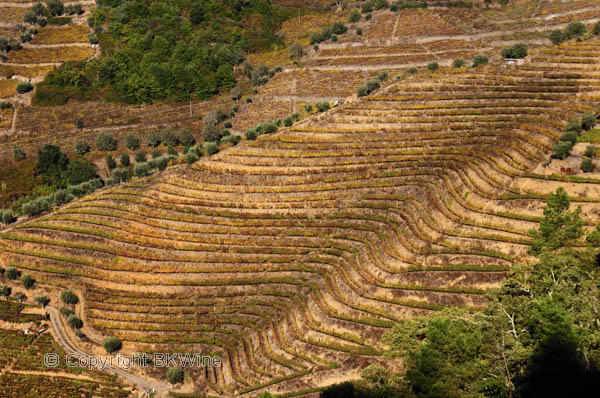
Port wine comes from the Douro Valley in northern Portugal. There are many different styles, but all starts with the grapes usually being foot-trodden by a jolly team, then fermented up to 6-7 percent of alcohol when fermentation is interrupted with the addition of 77 % ABV grape spirit. The end result is a sweet fortified wine of about 20% alcohol content.
The simplest is called ruby (the Swedish Church used to have a ruby as communion wine in the old days). It is aged for a few years in barrels before it is bottled and sold. Then we have tawny (like the colour), which is aged in barrel anywhere between 5 and 40 years until it becomes pale and nutty. It is usually sold as 10, 20, 30 or 40 years old. But oddly enough, it need not be as old as the age says, but it must taste and smell as such! If you buy a tawny with vintage it is called colheita, which I think is not made by Fonseca.
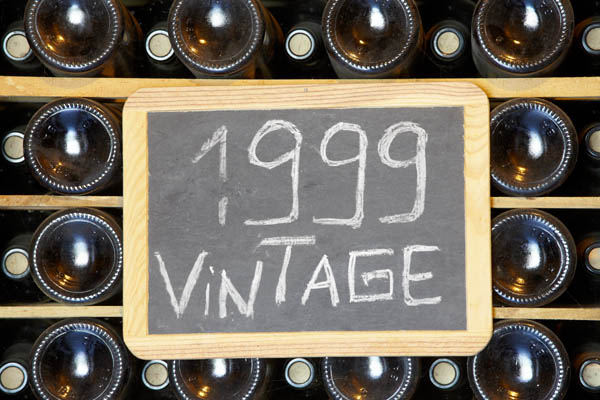
All producers’ most prestigeous wine is vintage port, which is only produced in the very best years from each producer’s best wineries or vineyards. The last top vintages are 1997, 2000, 2007 and 2011. These wines are aged for two years in barrels before being bottled for further ageing for maybe 30 to 50 years! 2011 is considered as the best vintage since 1963. I’ve tried some ten different and oddly enough, they are quite ok to drink today, which indicates that also here they make wines for earlier consumption than in the past.
Late Bottled Vintage is a wine from a good year that is aged in barrels 5-6 years before it is bottled and is then considered as ready, but it can of course develop in bottle especially when some companies sell them unfiltered. Crusted port is very rare today. It is like a vintage and is aged in barrel for a few years before it is aged in the bottle for 5-6 years before it is sold.
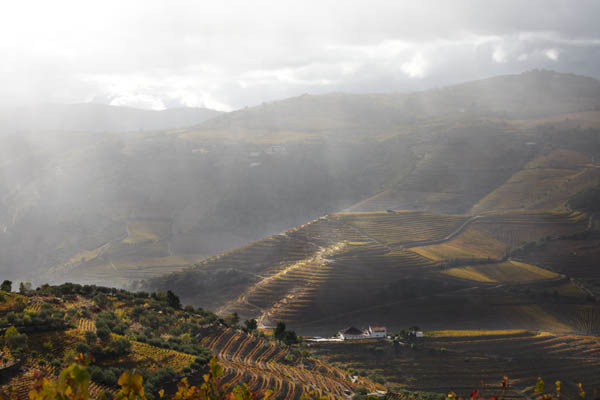
If it says Quinta, i.e. a vineyard name, and vintage port on the bottle, it will almost always come from a good vintage (but not the best) and from a single vineyard, but funnily enough it is always cheaper than a vintage port that is a blend from grapes from different vineyards.
Then there are the white port wines that can be semi-dry to quite sweet. To reach a younger audience they have also started making rosé port some ten years ago, because the fortified wines, unfortunately, are not a major draw in today’s market.
A vintage or a Late Bottled Vintage goes excellently with an English Stilton or some other blue cheese and an old tawny is fantastic to unpasteurized brie or camembert.
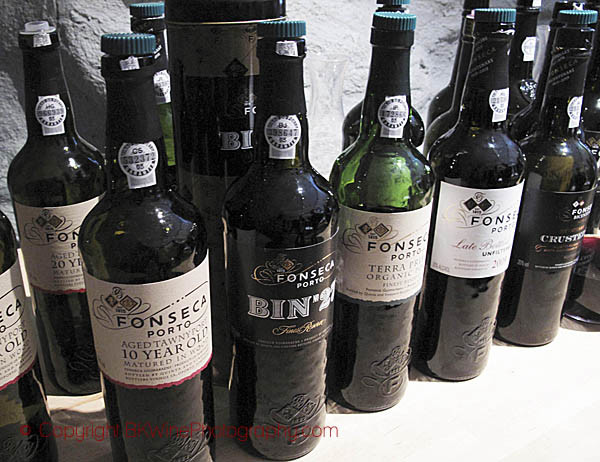
The Fonseca wines
Fonseca 10 Year Old Tawny
Young aroma of dried fruit and raisins, the taste is sweet and full-bodied with notes of dried fruit, barrels and figs. ~29 euro (all prices are estimates based on Swedish retail prices).
Fonseca 20 Year Old Tawny
Big nutty aroma with a lot of dried fruit and barrel, the taste is very balanced with lovely, nutty oak character, much better than the 10 year old. ~48 euro.
Fonseca Bin 27 Bicentenary
Big, young and jammy aroma with hints of blueberries and raisins, full-bodied, sweet berries with raisins and blueberries tones. ~18 euro.
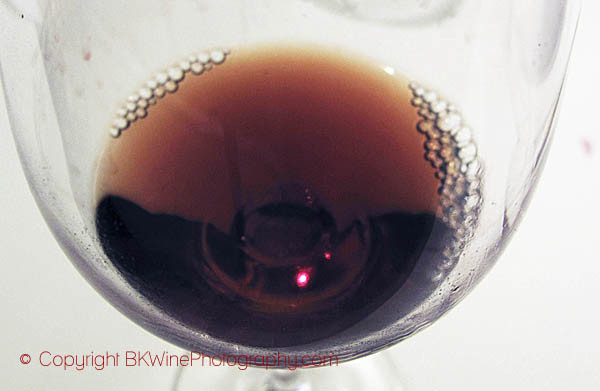
Fonseca Terra Prima
Light with berries and floral fragrance with notes of raisins, full-bodied, fresh and fruity taste with raisins and sweet cherries, lighter and more elegant style than the other wines. Portugal’s first organic port wine, but since there is no organic producer of wine spirits in Portugal, must get it from Spain! Buy! ~22 euro.
Fonseca Late Bottled Vintage 2009
Big young aroma of raisins, dried fruit and oak, sweet and full-bodied flavour with raisin notes. Cellar sample.
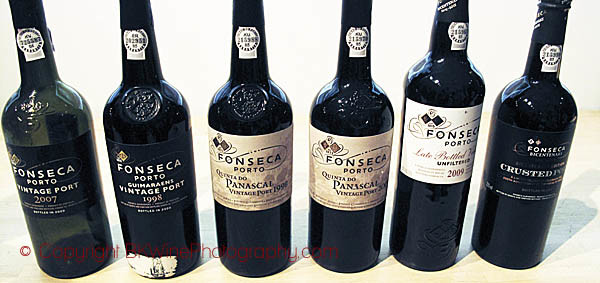
Fonseca Bicentenary crusted Port 2008
Powerful and big nose of dried fruit, raisins and figs, full-bodied, multi-facetted sweet taste with a lot of raisins and flowers. ~25 euro.
Quinta Do Panascal 1998
A mature and well-balanced wine where the raisins and fruit tones have been toned down. Cellar sample.
Quinta Do Panascal 2008
Youthful and a bit jammy fragrance with a lot of figs and raisins and a sweet and full-bodied taste, it should be aged. Cellar sample.
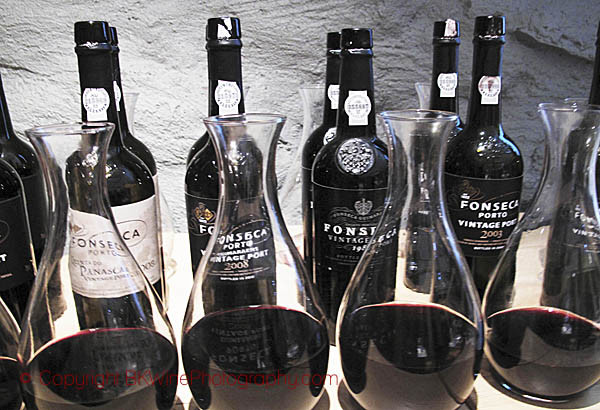
Fonseca Guimaraens Vintage Port 1998
Big mature and a little oxidized nose, but there is still much fruit left in the taste, and it’s fun to be able to drink a 17-year old wine that does not cost more than this. ~35 euro.
Guimarens Fonseca Vintage Port 2008
A young powerful wine with a lot of sweetness, dried fruit and raisins with a hint of menthol and violet pastilles as many port wines have. Cellar sample.

Fonseca Vintage Port 1985
Big, mature, restrained raisin aroma, fiery, full-bodied and powerful taste with balanced acidity, long. ~110 euro.
Fonseca Vintage Port 2003
Young, powerful, berries and jammy nose, full-bodied, sweet, immature taste with hints of violet pastilles, probably needs 5-8 years in bottle. Cellar sample.
Fonseca Vintage Port 1997
This wine was served with the dessert. It was a really good and mature wine, and in addition, you rarely see port wine in magnum bottles. Cellar sample magnum.
Overall, a very good tasting with interesting wines followed by very good food prepared in the offices of the importer Johan Lidby by their full-time chef Anders.
Roland Eriksson writes on BKWine Magazine on wine tastings with wine merchants and importers in Sweden. Roland is the author of a book on cognac (A Handbook: Cognac, 2007, published in Swedish) and one on rum as well as one on tea.
[box type=”info” style=”rounded” border=”full”]The Douro Valley, where port is made, is one of the world’s most spectacular vineyard landscapes. They make both port and outstanding table wines. Come on a wine tour to the Douro Valley and taste excellent wines, delicious port, and Portuguese food with BKWine.
Travel to the world’s wine regions with the experts in wine and the specialist in wine travel.
Unique wine tours. BKWine wine tours.[/box]
